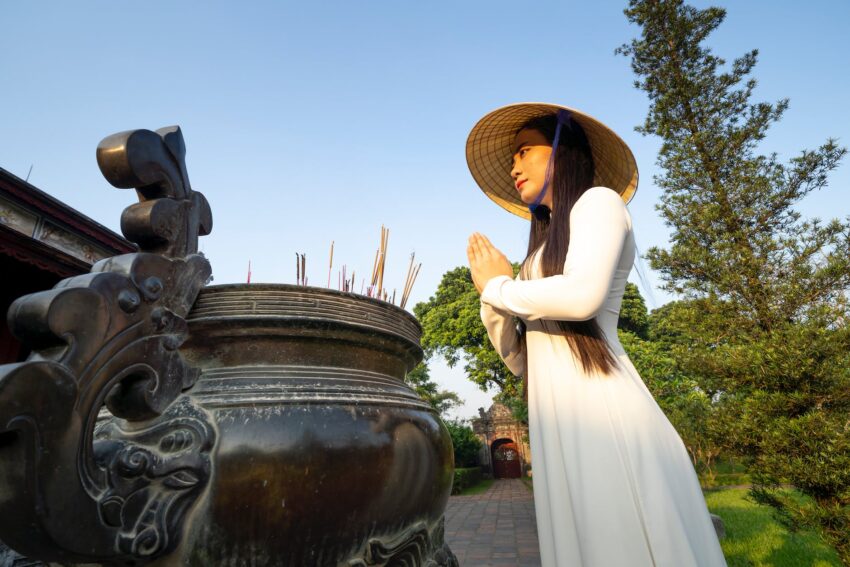Since time immemorial, psychedelic substances have woven intricate patterns into the tapestry of human history. They introduced shades of experience beyond normal perception, transcending culture and time. A profound understanding of these substances reveals how they became entwined with indigenous rituals, spiritual practices, and the course of civilization at large, influencing art, music, and conscious thinking.
Psychedelics are naturally occurring or synthetic substances that profoundly alter perception, mood, and cognitive processes. Their historical use predates organized religion; cave paintings depicting mushroom-picking shamans almost 10,000 years old bear testament. The primary psychoactive component in these substances served as essential conduits in the rituals and religious sacraments of many ancient civilizations.
For instance, the Rig Veda makes explicit mention of a certain ‘Soma,’ an intoxicating beverage fashioned by Vedic priests, believed to be a psychedelic blend. This potion supposedly induced spiritual experiences, strengthening the connection between the temporal and the divine. The same substance goes by several names in other cultures, each representing its spiritual significance.
Fast-forward to Pre-Columbian era, when tribes such as the Mazatecs in modern-day Mexico regularly consumed psilocybin mushrooms, which they termed “divine mushrooms” in their religious ceremonies and healing rituals. The Shamans (priest-doctors) would consume these mushrooms to communicate with the gods and the spirit world in a bid to better understand illness, solve mysteries, or communicate important messages. Besides, in the Amazon basin, tribes brewed a powerful entheogenic concoction called Ayahuasca in complex and elaborate rituals. In the hands of shamans, this brew would “open the gates” to the spirit realm for divination, healing and religious ceremonies.
Considering these vivid narratives dispersed across different epochs, one might say that psychedelic substances were the catalysts for the genesis of shamanism. Moreover, they were a cornerstone upon which early human societies framed their understanding of spirituality, religion, and metaphysics.
Fast-forwarding even further, the 1950s marked the advent of psychedelics in the West, particularly LSD or lysergic acid diethylamide. The substance soon emerged as a pivot in the counterculture movement of the 1960s, precipitating a profound shift in societal thought and cultural traditions. Notably, it catalyzed an extraordinary outpouring of psychedelic art, music, and literature, reshaping the cultural landscape indelibly.
The psychedelic consciousness seeped its way into the music of bands like The Doors, Jefferson Airplane, and the Velvet Underground. It informed the visual art of Robert Crumb and many others, defined the literary works of Ken Kesey and Aldous Huxley, and manifested in fashion trends epitomized by vibrant tie-dye patterns. Remarkably, many intellectuals and celebrities surreptitiously explored psychedelics to uncover new layers of understanding.
However, the blissful ride was abruptly halted in the face of severe governmental clampdowns. Psychedelics were scheduled as Class A drugs, leading to the curtailing of psychedelic research that was promising at the time.
Now that the second wave of psychedelic science rolls in, it is high time to revisit our associations with these mystical substances in light of their historical and cultural impact. The world has already borne witness to their profound influence, from spiritual awakening to potent artistic expression, and it seems that their enthralling journey is far from over.
Today, these substances are starting to reclaim their legal and cultural status due to increased research on their potential therapeutic properties. They may offer significant insights into mental health treatment, signaling a new chapter in our relationship with these substances. Indeed, the compelling journey of psychedelics serves as a fascinating testament to the entanglement of drugs, art, culture, and society.
In conclusion, the historical use, cultural impact and relationship with psychedelics is an intriguing tapestry spun from threads of spirituality, shamanism, societal shifts, art, and rebellion. Woven into our history, they are undeniably a part of our collective psycho-cultural heritage.
Sources:
1. Psychedelic science
2. Ancient Civilizations
3. Counterculture movement
4. Indigenous rituals
5. Shamanism
6. Psychedelic Art
7. Cultural Traditions
8. Therapeutic Properties
